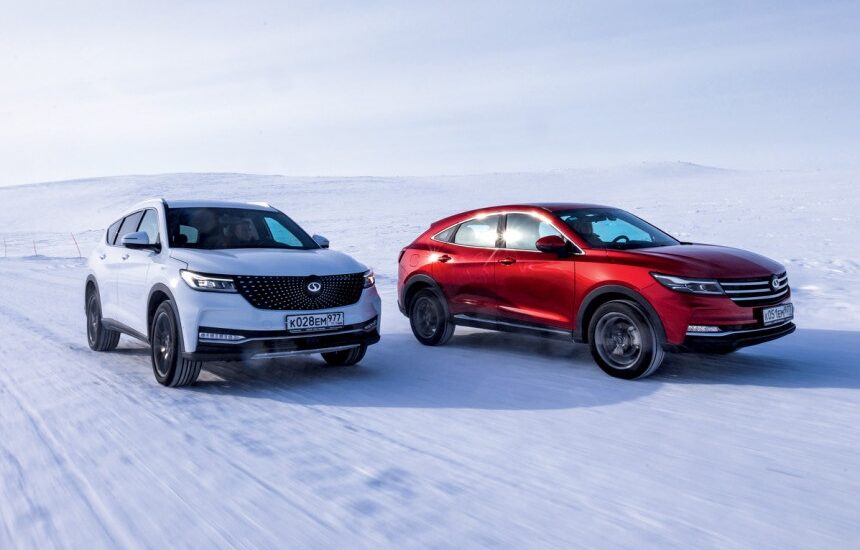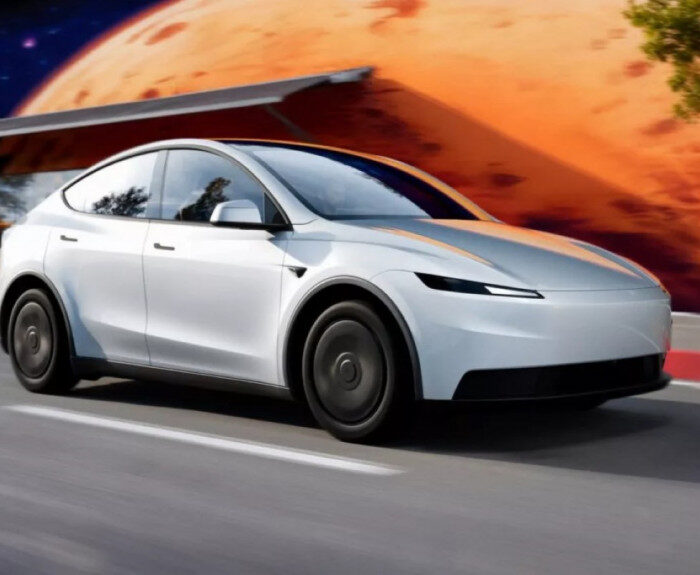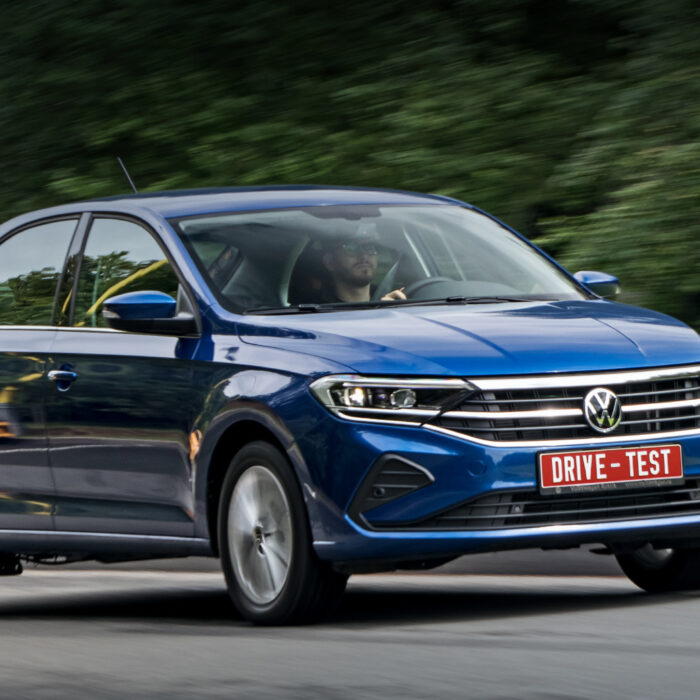We’re setting off to chase the departing winter into the snowy expanses of Yamal. But instead of reindeer, we’re embarking on our adventure in the DFSK ix5 and DFSK ix7 crossovers. Although these beasts hail from the same lineage, they are distinctly different.

Chinese car names often seem like puzzles, and these models are no exception, challenging even the most skilled linguists. DFSK—try saying that quickly! Their origins are akin to a detective story. Their grilles and steering wheels bear unfamiliar emblems shaped like stylized ‘S’s—perhaps mimicking the twists of the road or the Chinese Yin-Yang. These actually represent the emblem of Sokon, a brand not yet introduced here.
The inscriptions ‘Fengon’ and ‘Gloria’ on the vehicle trunks are remnants of the model names used in Europe and Latin America. Indeed, these vehicles were once marketed in Germany and Spain, albeit unsuccessfully.

The DFSK brand indicates a joint venture between China’s Dongfeng Motors and Seres Group, the latter of which owns Sokon. About fifteen years ago, small-scale importers attempted to introduce DFSK commercial vehicles to Russia, but achieved only modest success. Now, Motorinvest, known for the Evolute electric cars, has taken on the task of marketing these passenger vehicles under the DFSK brand, with sales handled by Dongfeng brand dealers.
These vehicles are issued with a Russian VIN! They were assembled at Avtotor, but this initiative was limited to just a batch of about a thousand units. Going forward, the crossovers will be imported directly from China, as Motorinvest seeks a new assembly site to replace the one in Kaliningrad, which is being phased out due to economic reasons.

Confused yet? Fortunately, the models themselves are simpler to understand: there are just two, and each is currently available in only one trim level. I decided to start big—with the nearly five-meter-long, three-row DFSK ix7, which debuted in its homeland in 2019.
The sole Journey trim is well-equipped: it includes six airbags, dual-zone climate control, heated and ventilated front seats with memory settings for adjustments, a head-up display, adaptive LED headlights, adaptive cruise control, and a suite of electronic assistants. The price, at 3.99 million rubles, is justifiable in today’s market. For context, the Chery Tiggo 8 Pro Max, comparable in price and features, is significantly smaller.

Where have costs been cut? Primarily in the design, which can’t hide its age: you look away and it’s forgotten. The LED headlights, with automatic high beams and swiveling lenses, are tucked under plain covers. There are no fancy features like retractable door handles—everything is traditional. Even the color palette is modest: black, white, or blue.

The interior sports “fifty shades of grey,” accented with faux carbon fiber across the dashboard and piano black lacquer on the transmission tunnel (which has already started collecting scratches). The atmosphere is enlivened only by a starry sky in the panoramic roof and LED lighting in the dashboard and doors, with adjustable brightness and hue.

But I found the seating quite comfortable. The steering wheel features adjustments for both height and reach. The front seats have a decent profile, with adjustable lumbar support, height, and intensity, as well as heating and ventilation. However, the seatbacks may feel narrow for larger individuals as the side bolsters are quite snug.
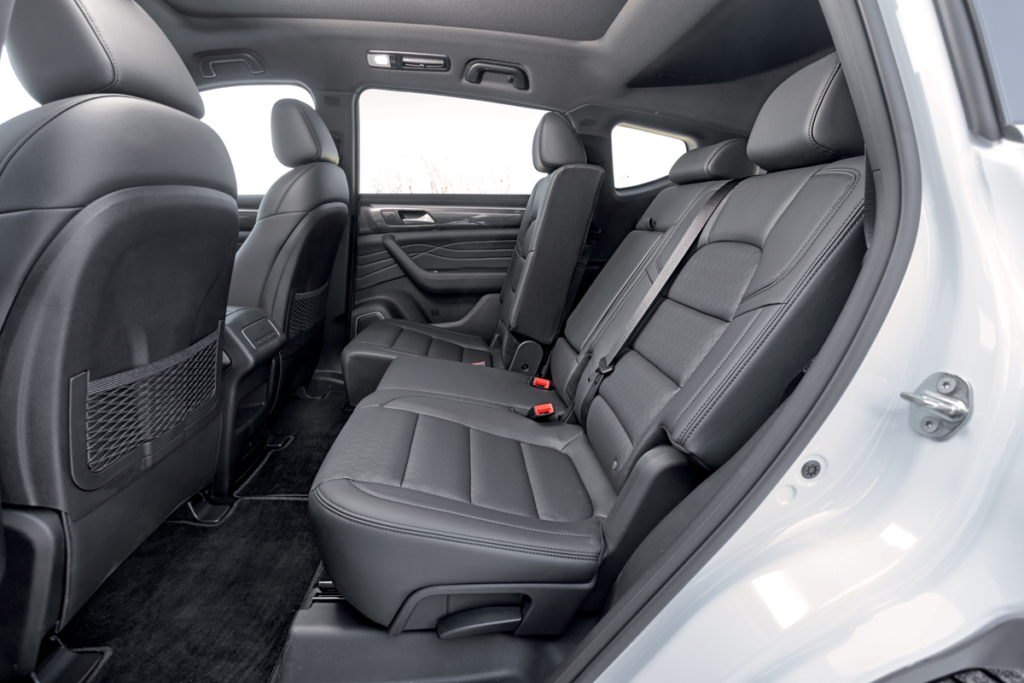
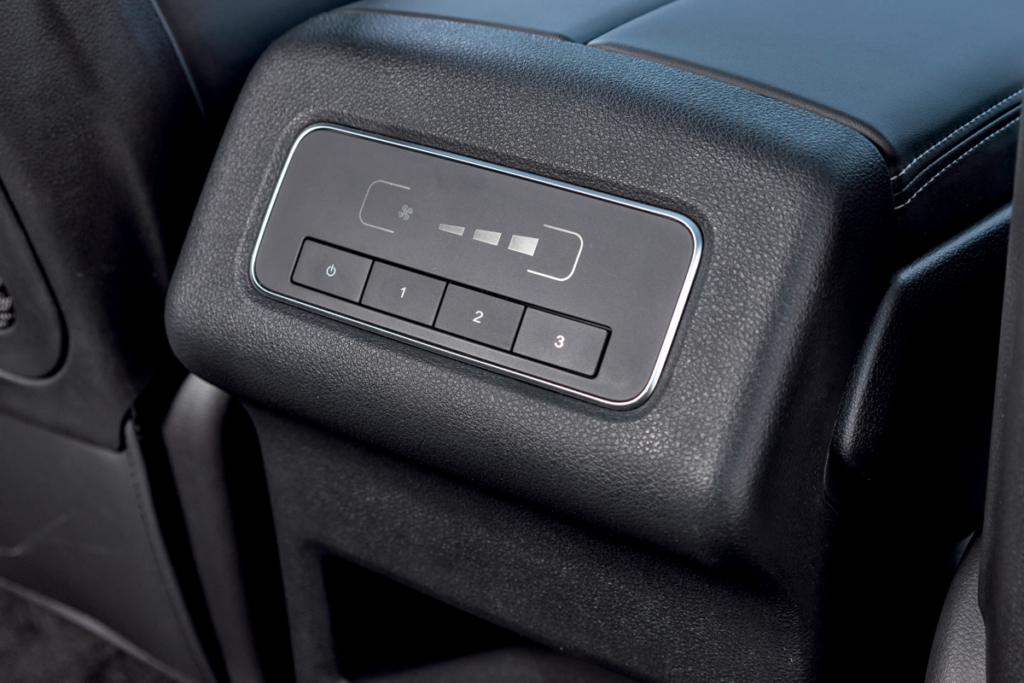
The second-row seats also proved to be quite accommodating, equipped with longitudinal adjustment and adjustable backrest angles. Besides an armrest with cupholders and a USB port, one can also adjust the speed of the heater fan, which blows through ducts in the ceiling.
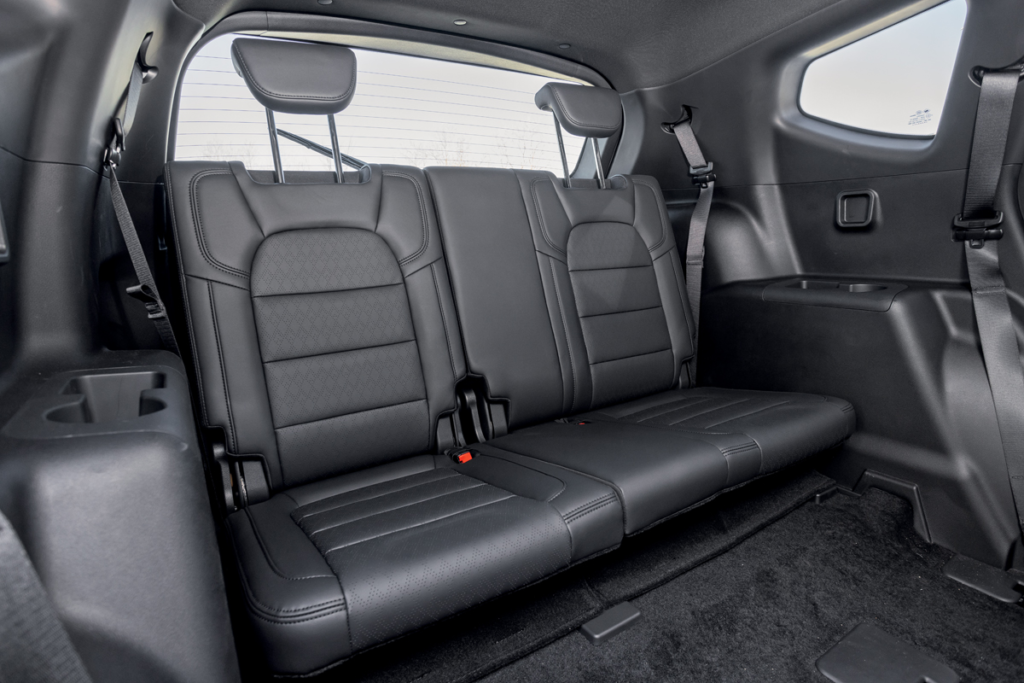
These ducts are also present in the third row, accessible by pulling a lever and sliding the right section of the second-row seat. It’s a tight fit with the seat in place, though you can recline the backrest to avoid bumping your head against the ceiling. Even if you push the middle-row passengers forward to their furthest extent, space is just adequate. However, even with the third row up, the ix7 offers some trunk space for a bit of luggage.
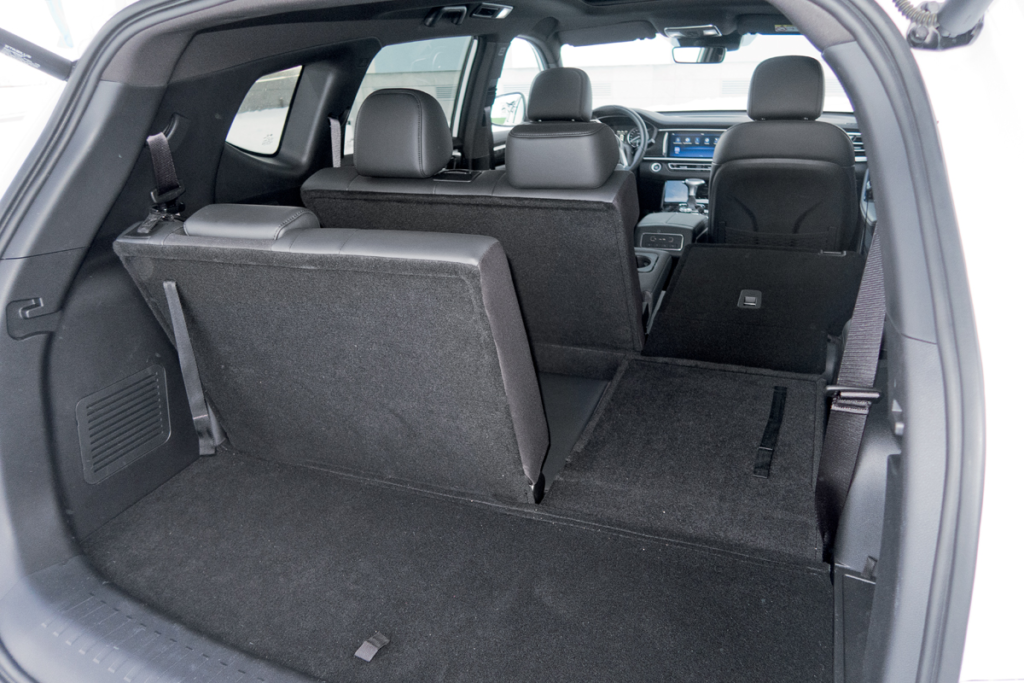
But it’s better to get back behind the wheel, and there… I couldn’t believe my eyes! In front of me were conventional instruments—traditional circular dials with needles. Even with a simple monochrome on-board computer screen, it’s a relief compared to the usual frenzy of Chinese digital displays.
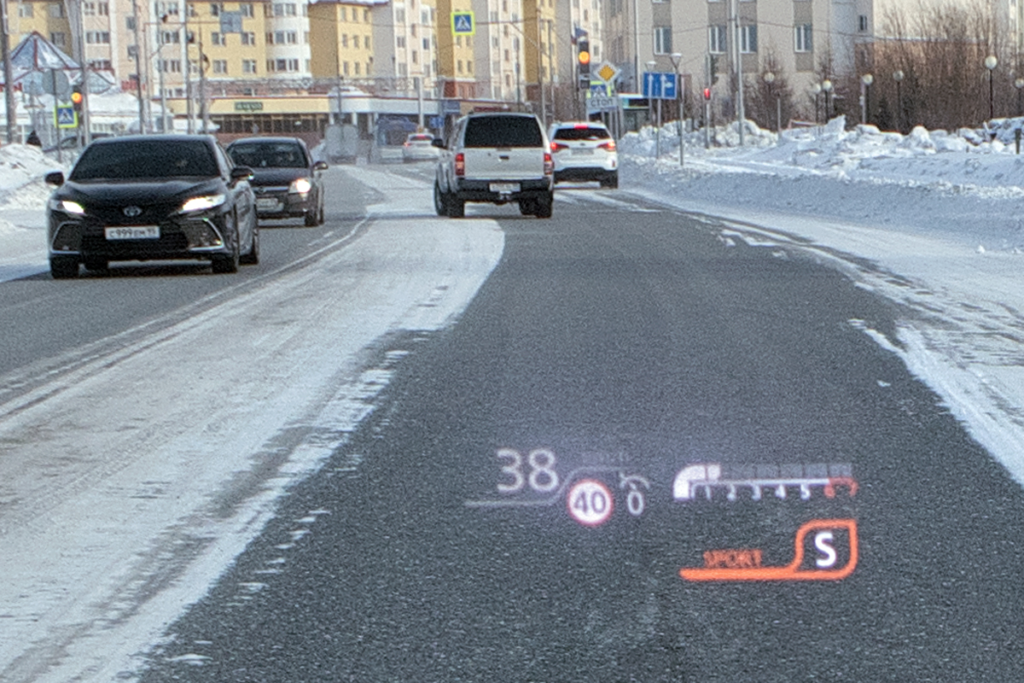
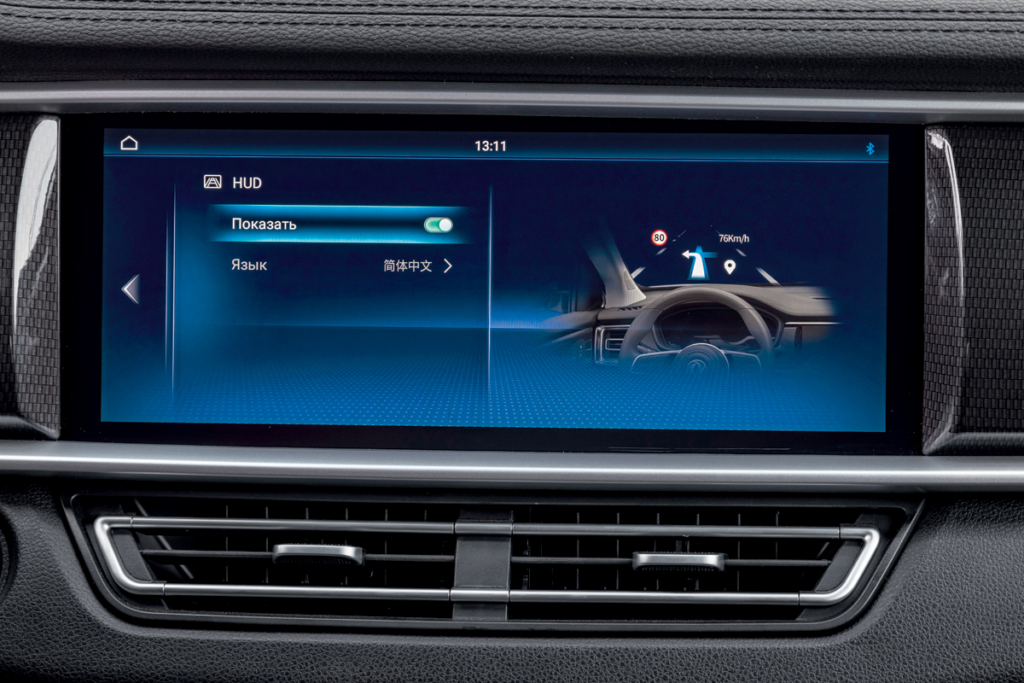
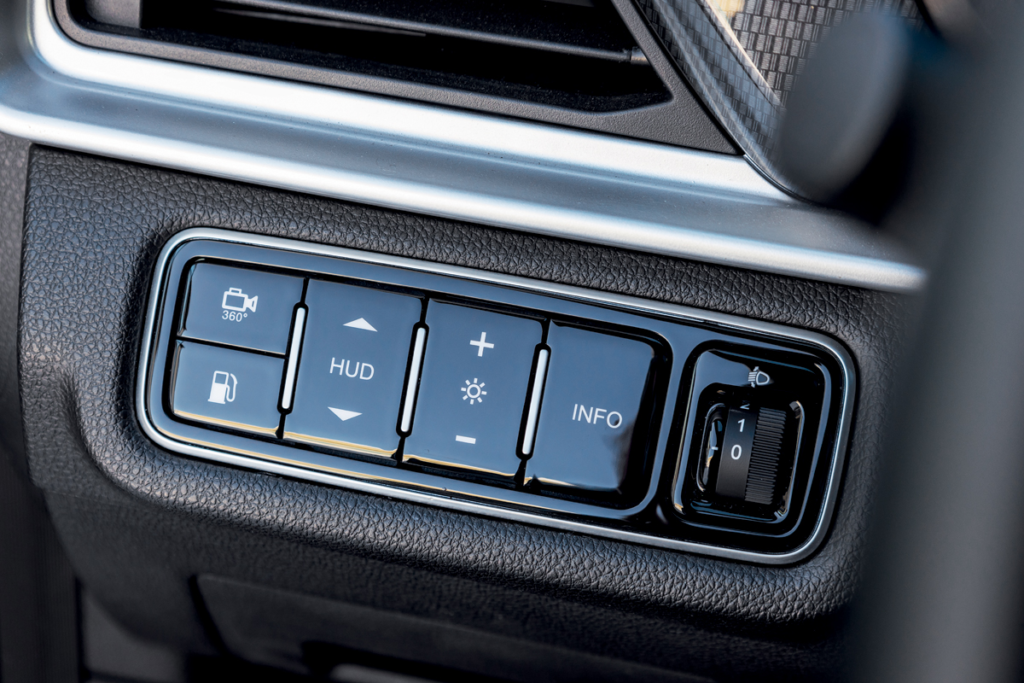
In hand is an old-school, error-proof transmission selector. It controls the classic six-speed automatic 6F36, an old acquaintance! This transmission, developed by Hyundai Power Tech, is familiar from many Hyundai and Kia vehicles.
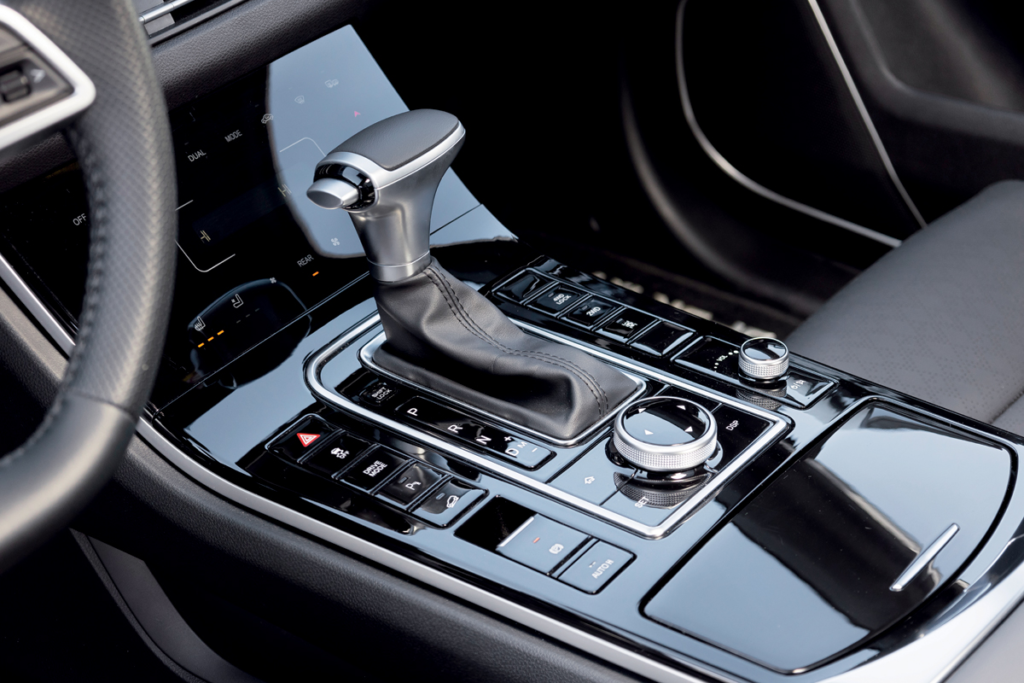
Overall, the DFSK ix7 is the kind of vehicle where, when you first drive it, you don’t feel like you’re participating in a puzzle. It’s a haven for the conservative!
Well, almost. Because digital enthusiasts haven’t been entirely neglected. Yes, there are physical buttons scattered around (controlling the surround-view system, drive modes, Auto Hold, etc.), but there’s also a 12.3-inch touchscreen. The straightforward media system menu can also be navigated with a rotary controller on the central console. However much you turn it, you won’t find Android Auto or Apple CarPlay—these are promised only on models assembled in China.
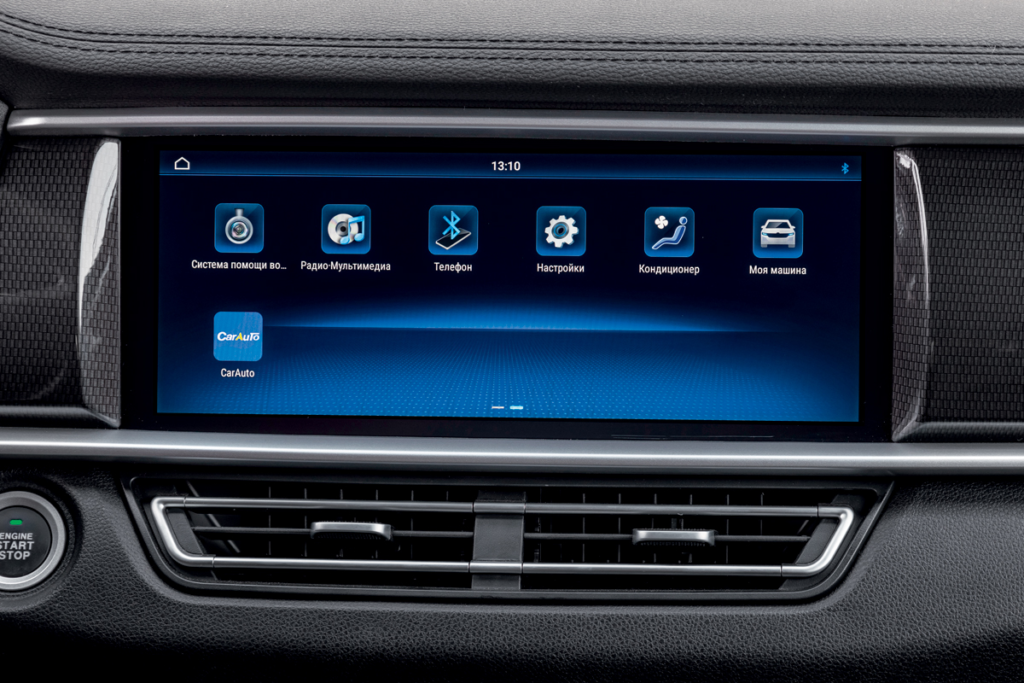
But for the climate control, physical buttons were insufficient—fortunately, virtual ones are integrated into a separate “weather” control screen on the central console, greatly simplifying operation. Just don’t turn on the headlights during the day, or the screen becomes completely illegible. But importantly, the heater quickly warms the cabin in the freezing Yamal cold. As for other heating options, this summer promises only the addition of a heated steering wheel to the front seats and mirrors—not much.
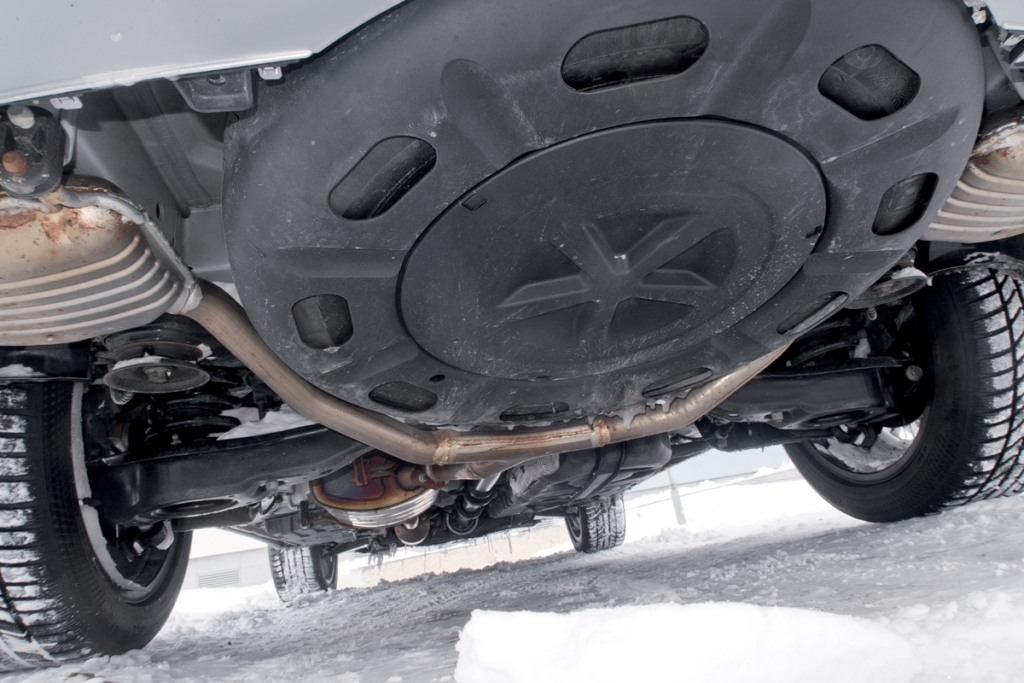
The stability system can be turned off with a press of a button on the central console, and another button locks the BorgWarner clutch (but only up to 40 km/h). In this configuration, the DFSK ix7 sails through the snowy plains not unlike a northern reindeer. Just don’t get stuck up to the antlers in soft snow: at the first surge, the two-liter turbo engine HD20 (220 hp, 355 Nm) and the automatic transmission can be overly aggressive. Once moving, though, they’re in no particular hurry, though there’s always plenty of reserve under the pedal.
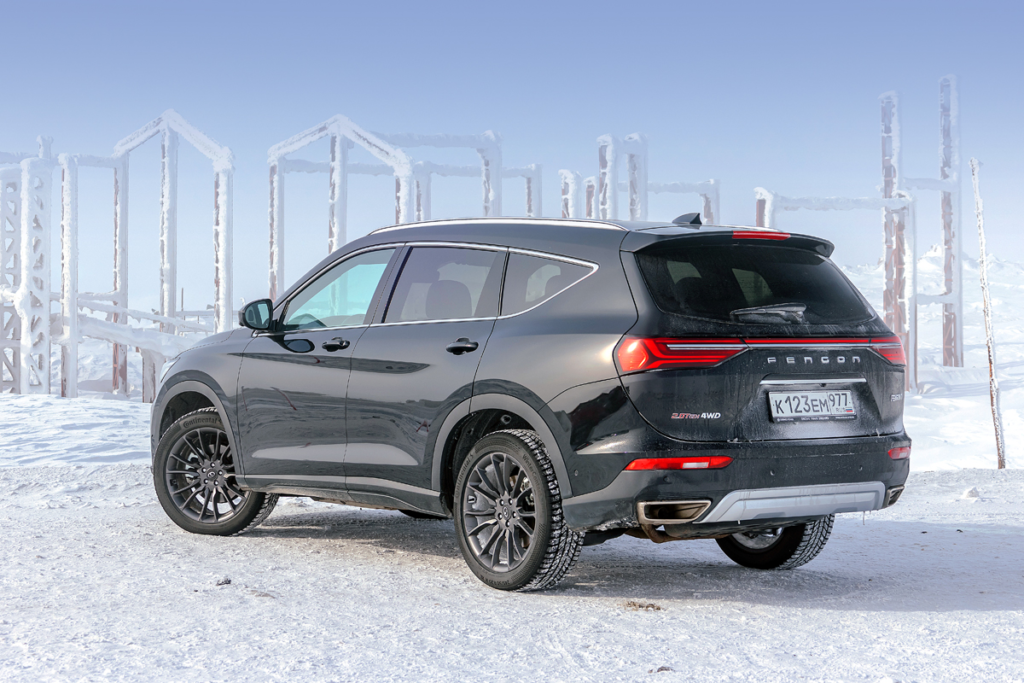
As we’ve seen from tests of various vehicles from China, the tuning of steering feedback by Chinese engineers is rarely a concern, and DFSK honors these national traditions. Yet, the steering has a precise zero, there are no issues with stability on straight roads, and it doesn’t miss its mark in the curves. The suspension, even with 20-inch wheels, is quite comfortable—not plagued by excessive trembling over minor imperfections or swaying on waves. Though after jolts from sunken asphalt, which are plentiful on the roads under Salekhard, the rear suspension doesn’t shy away from bottoming out.
And what about the younger sibling, DFSK ix5? It feels less affluent in every way.
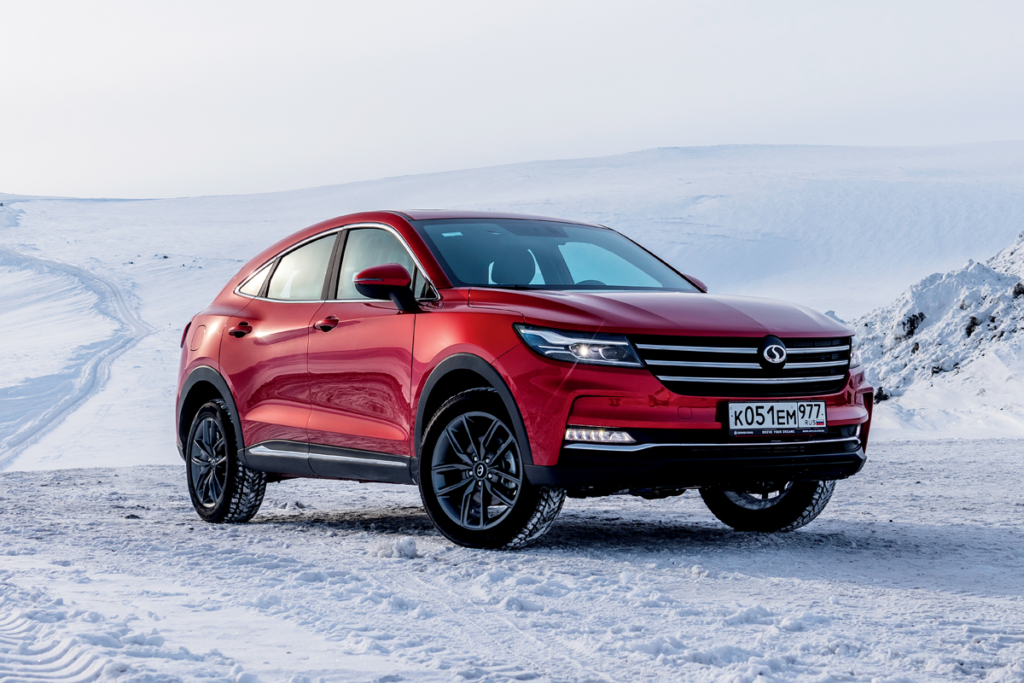
Both DFSK brothers look nearly identical, sharing not only their chassis but also their front end design. Moreover, the “fifth” debuted even a year before the “seventh,” back in 2018. The younger model might linger in memory a bit longer, thanks to its coupe-like silhouette. At a length of 4685 mm, it directly competes with the Haval F7x, not just because of its venerable automotive age.
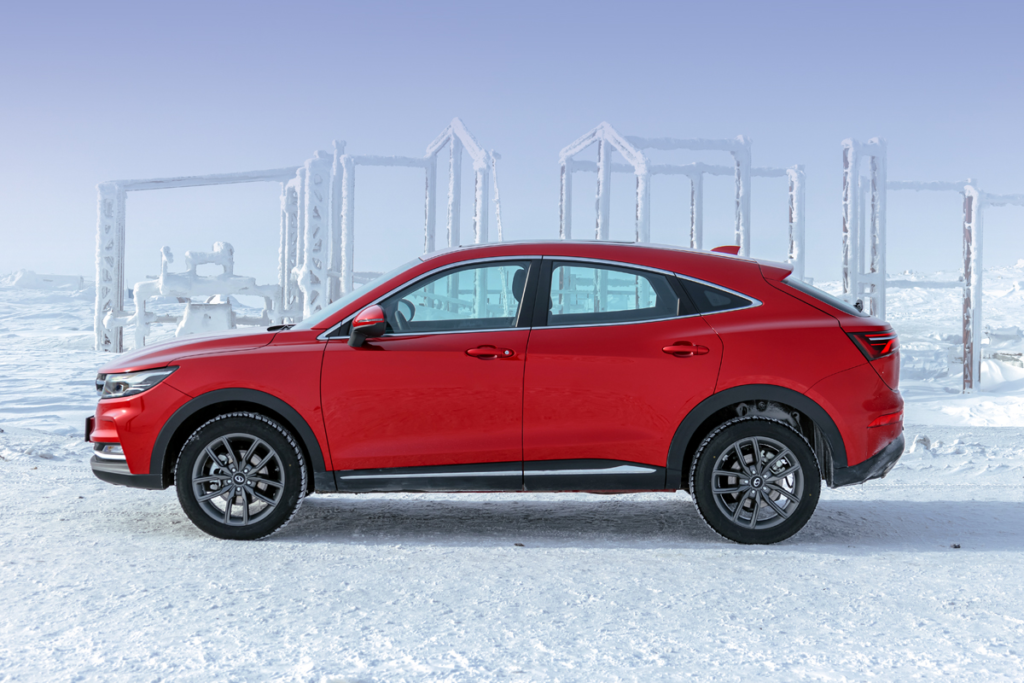
A slight change in the dashboard configuration doesn’t fundamentally alter the character of the interior: it remains a straightforward dark realm, accented with carbon-fiber-like elements and piano black gloss. The features are simpler—with a panoramic roof but without contour lighting. The ambiance retains a semi-analog feel, filled with numerous buttons, classic analog dials, and a transmission lever. The main multimedia display is modest, just 10.2 inches, though a touch-sensitive climate control panel is also present.
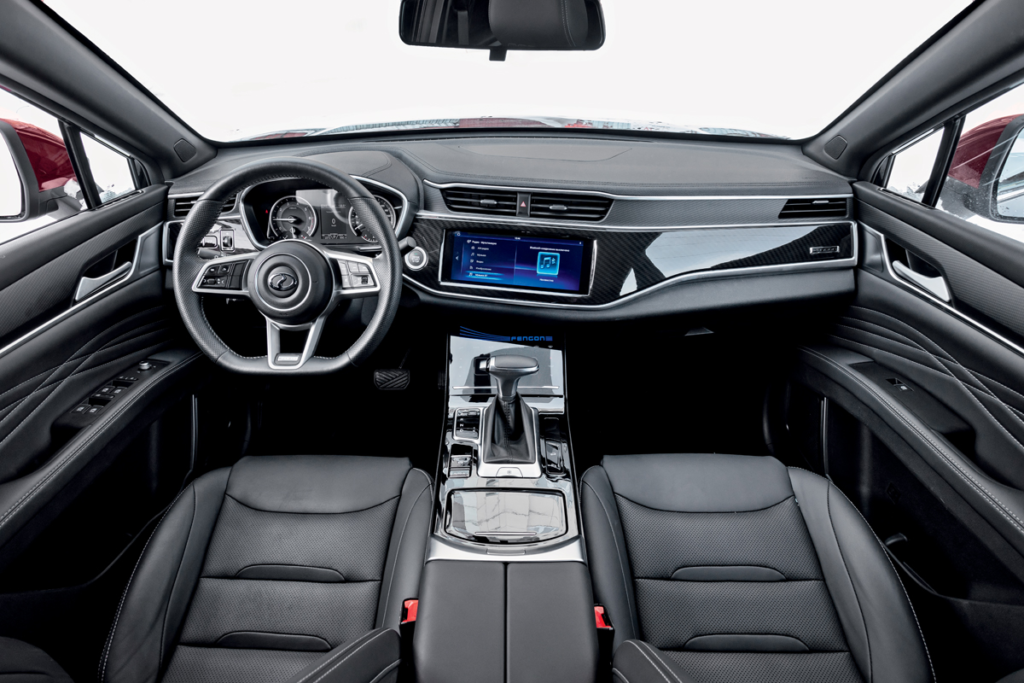
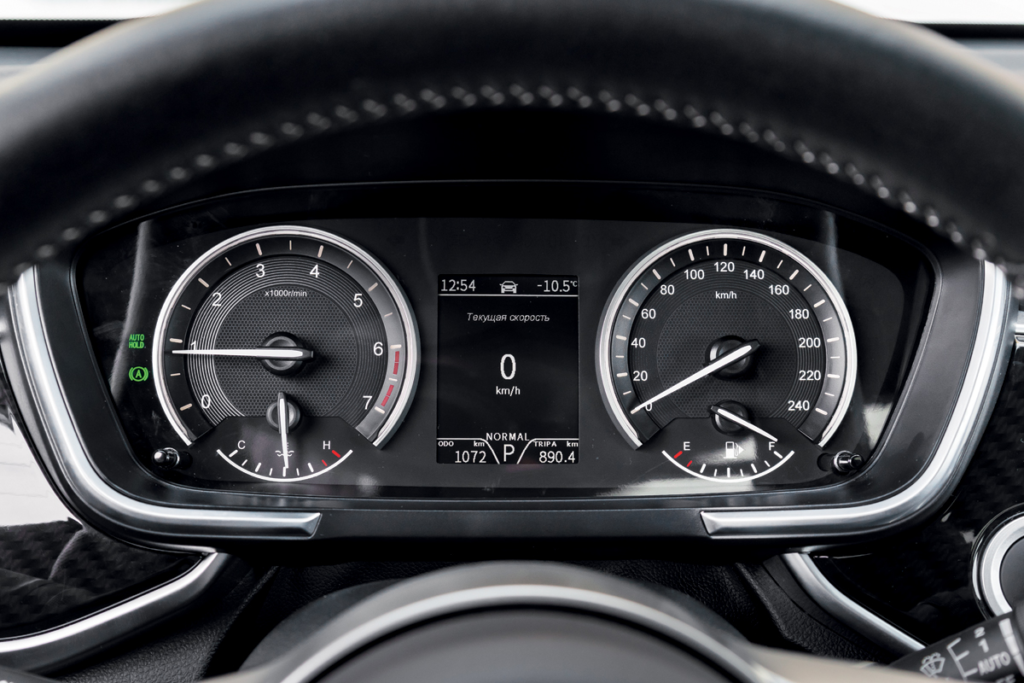
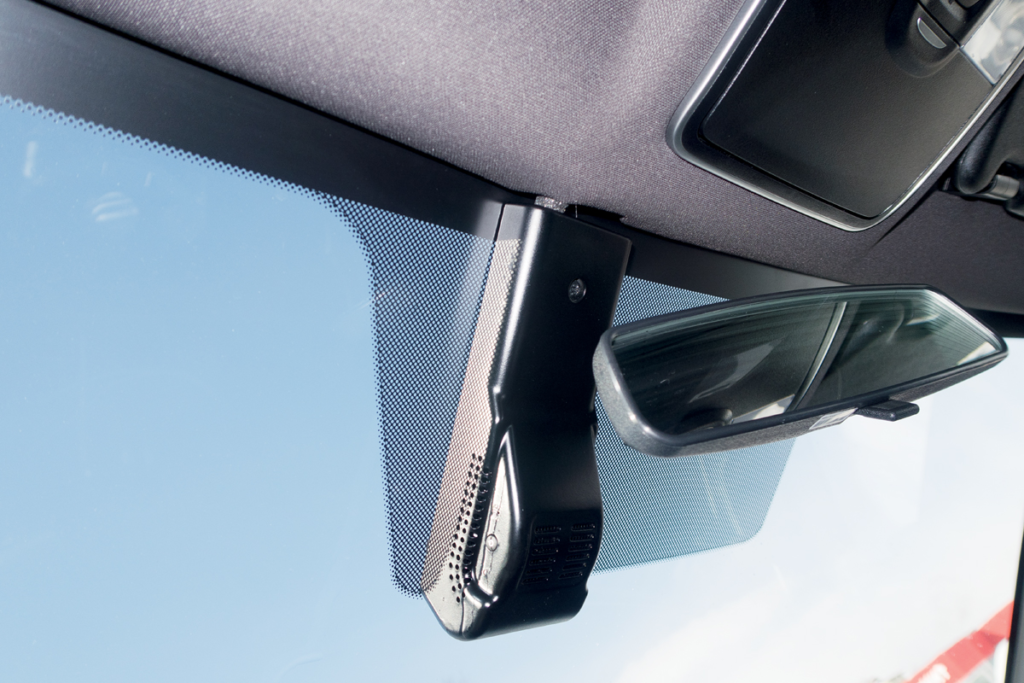
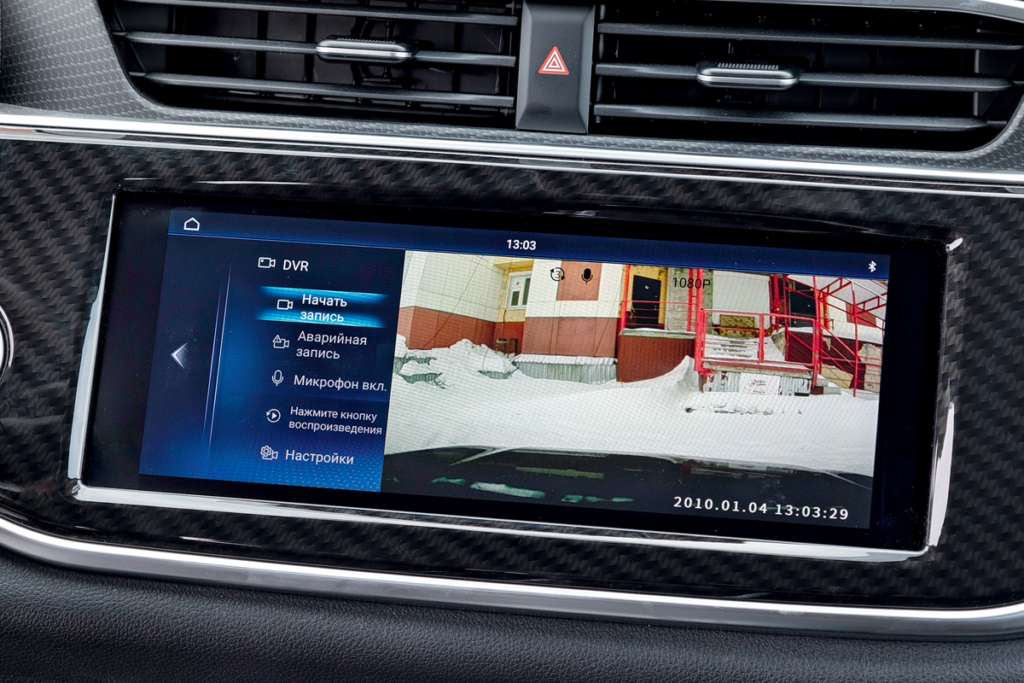
Surprisingly, sitting behind the same adjustable steering wheel doesn’t feel as car-like as in its elder sibling. Here, you sit higher and more upright! The seat, with adjustable lumbar support, has an even tighter backrest. Rearward visibility through the cabin mirror is compromised, a drawback of the coupe-like design. The external mirrors, although more stylish on their stalks, sacrifice some convenience: you need to crane your neck more to use them.
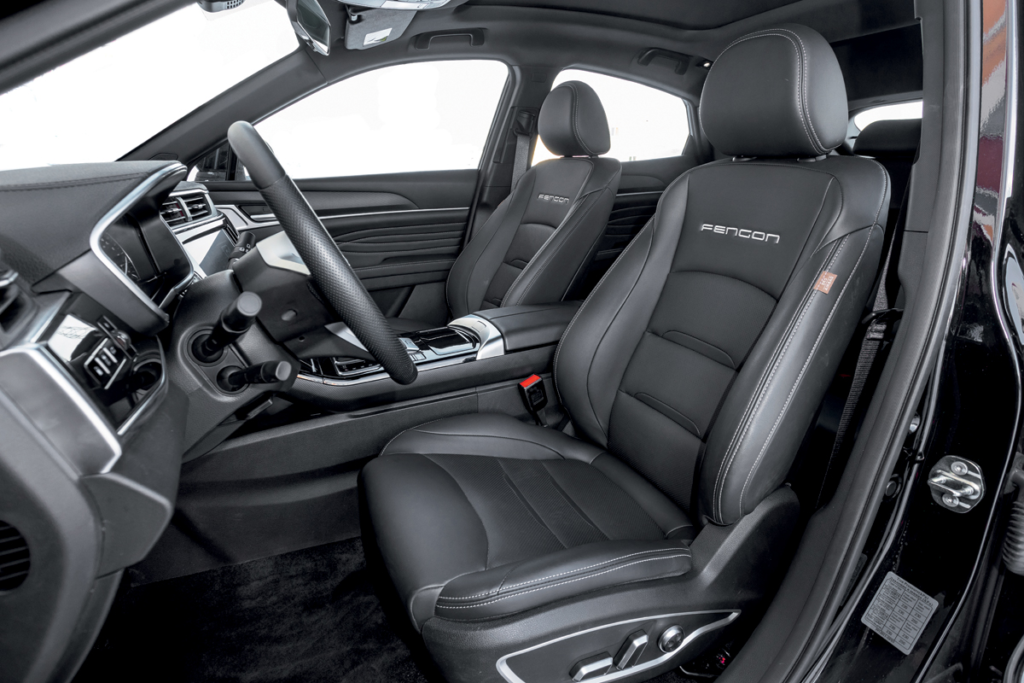
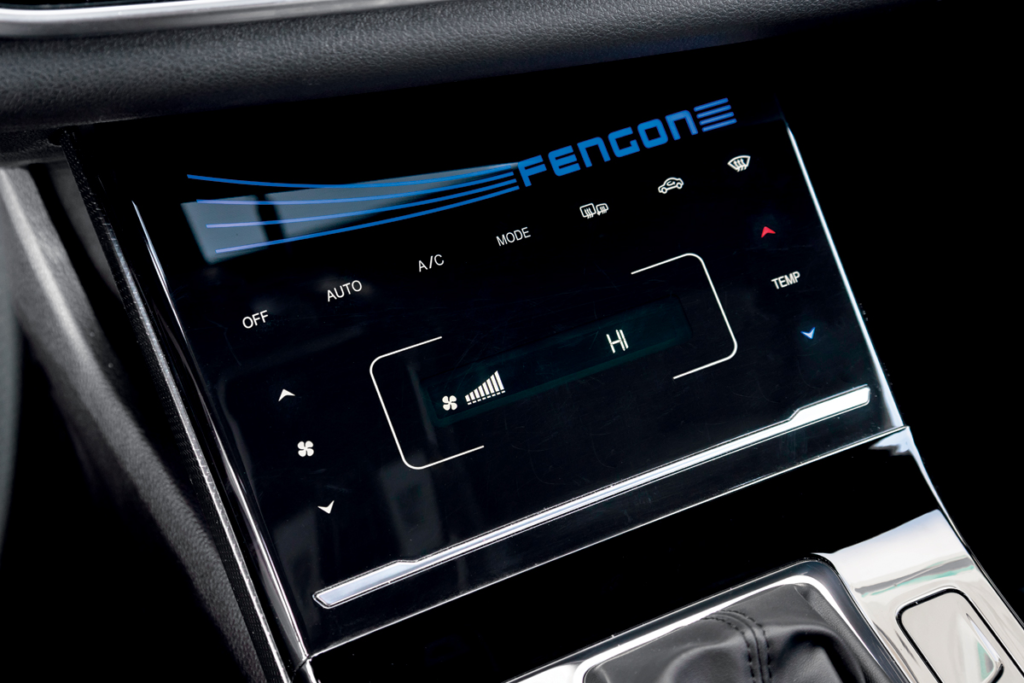
Yet, the rear space is ample; the “five’s” wheelbase is only a few centimeters shorter than the “seven’s”. Additionally, the headroom is unexpectedly generous: even when slouching, the roof doesn’t press down on your head. Life’s little joys, however, are fewer here—there’s an armrest with cupholders, a power outlet, and a USB port, but at the air vents on the back of the central console, you can only adjust the direction of the airflow; there are no controls for fan speed. And predictably, the main drawback is the less practical trunk space.
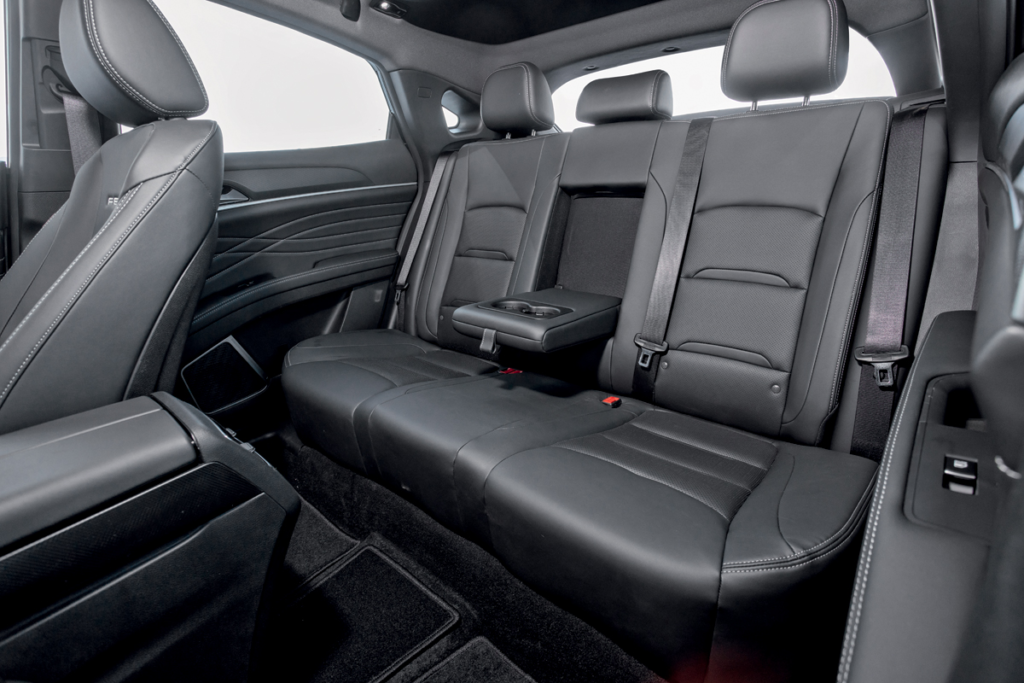
Technically, it features the favored recipe of many Chinese crossovers: a 1.5-liter turbo engine, a continuously variable transmission (CVT), and front-wheel drive. In the case of the DFSK ix5, this setup consists of the SFG15TA engine (137 hp) paired with the Punch VT5 stepless transmission.
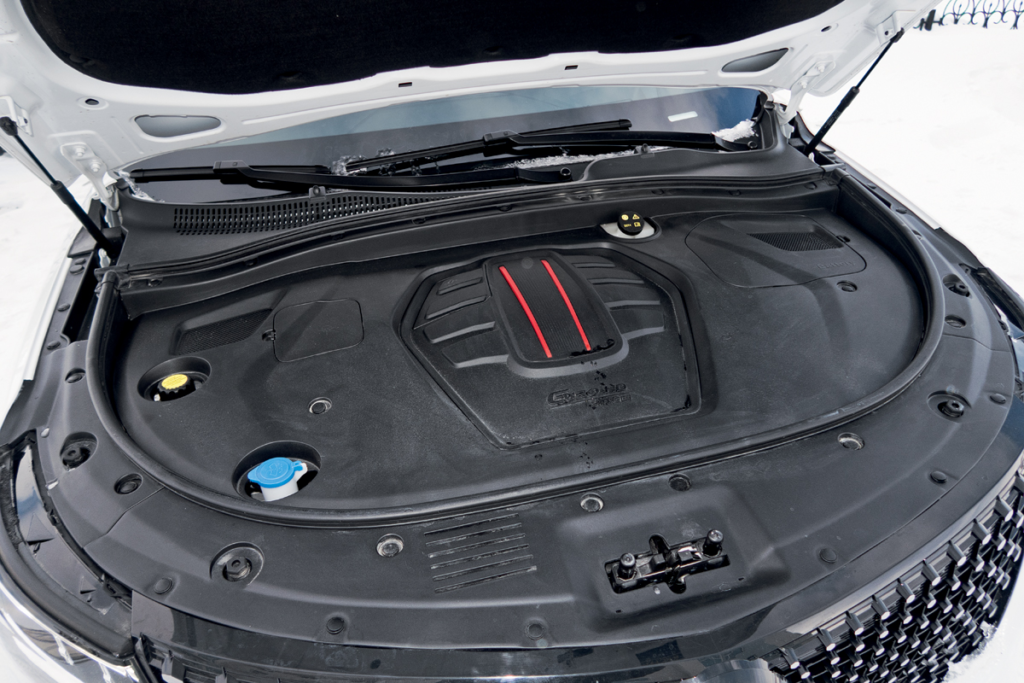
A similar transmission was found in previous generations of Mini vehicles, and today, approximately the same CVT is installed in Moskvich 3 crossovers. Unlike, say, the WanLiYang CVT on the Lada Vesta, this unit uses a package of friction plates instead of a hydrodynamic converter. This is a plus in terms of fuel efficiency, but forget about quick starts or any wheel spin, once and for all.
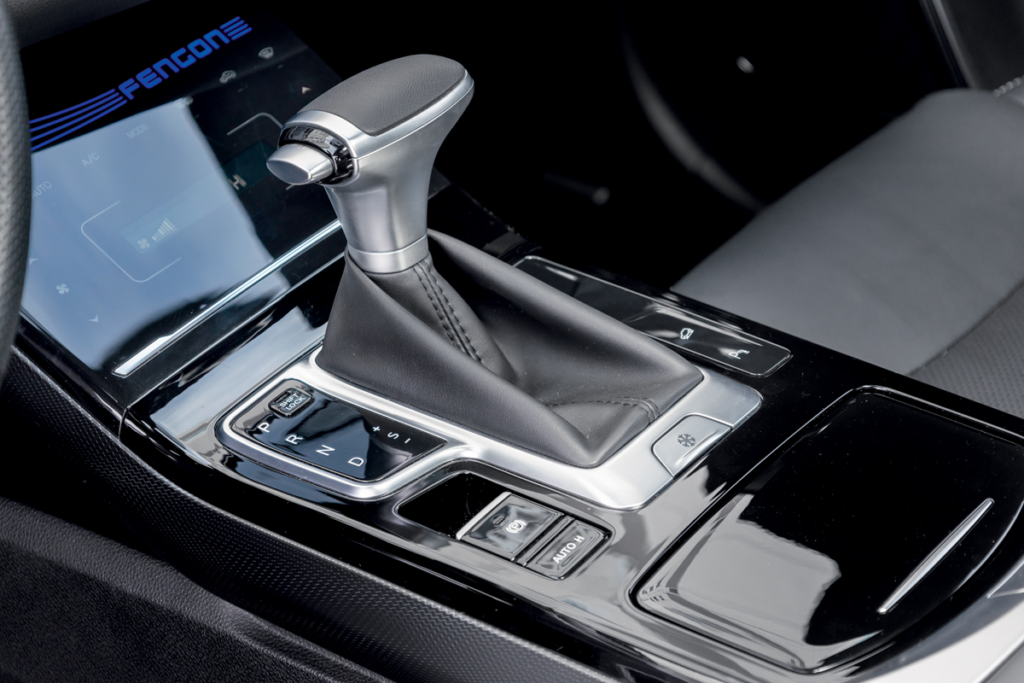
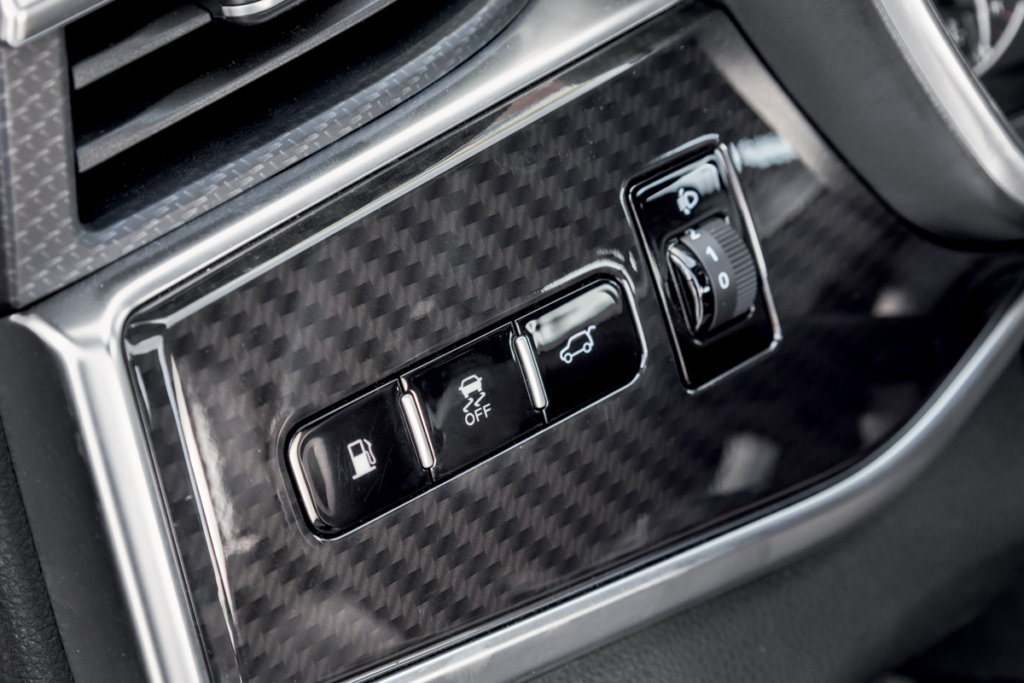
This is, however, easily accepted. The CVT is “sticky,” even in Sport mode. Reindeer with more enthusiasm pull sleds loaded with nomadic treasures across the thawing tundra than the laden DFSK ix5 manages to start uphill. Overall, there is a noticeable “heart weakness” compared to its older brother, as each “horse” must pull eleven kilograms instead of nine. To confidently overtake, I found myself pushing the transmission selector and preemptively downshifting one or two quasi-gears manually.
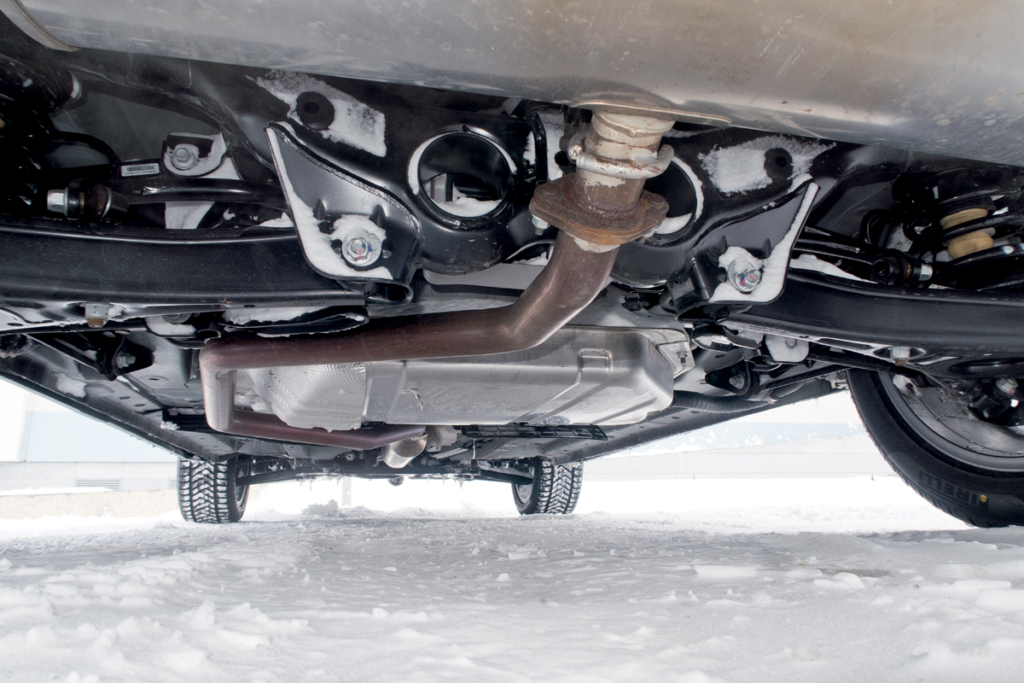
The architecture of the independent rear suspension is the same for both crossovers.
In terms of handling, I noticed no significant difference between the two crossovers. However, noise insulation in the DFSK ix5 is less effective: pebbles clatter more sharply against the wheel arches, and the wind howls louder at high speeds. The ride smoothness is surprising: even with more modest 18-inch wheels, the engineers set up the suspension less successfully and more rigidly. It doesn’t reach the point of harshness, but no crack in the asphalt goes unnoticed, and the sighs over waves are palpable.
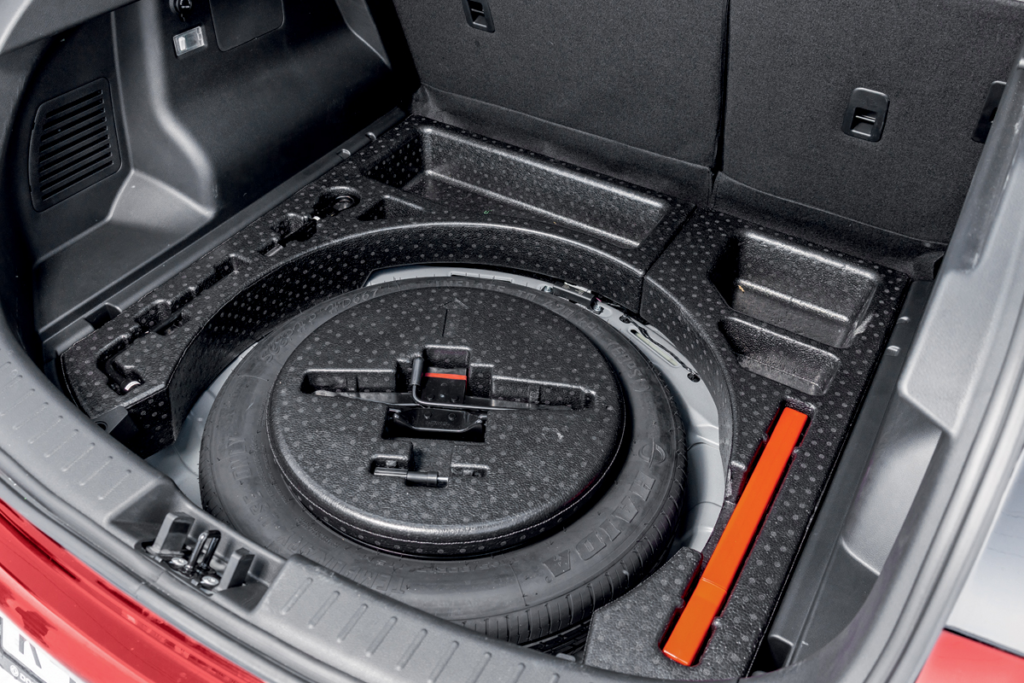
Along with the tool kit, a spare tire is hidden in the subfloor.
The younger DFSK ix5 is offered in just one Premium trim, but it only includes basic “values”—just four airbags, ESP, heated front seats, keyless access, an electric trunk door, a built-in dashcam, and single-zone climate control. They ask for this 2.99 million rubles—almost as much as for a Haval F7x in a comparably equipped Elite trim, but with a 190-hp two-liter engine and all-wheel drive.
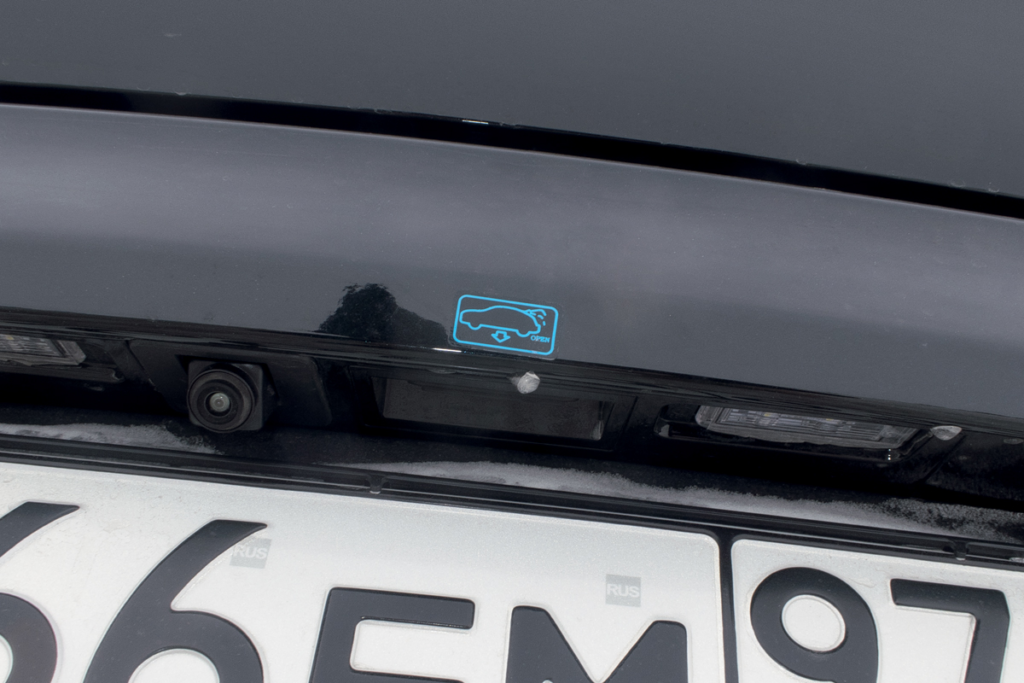
If only for that price, they offered the DFSK ix5 in a more expensive Luxury trim with a two-liter engine, “automatic” transmission, and all four wheels driven, like in the ix7 model… Such a version will indeed appear, but they will, of course, ask for more. Overall, DFSK crossovers are a choice for conservatives. If you like analog dials, physical buttons, and fixed selectors, these vehicles are worth considering. Because in other consumer qualities, they do not stand out as anything special.
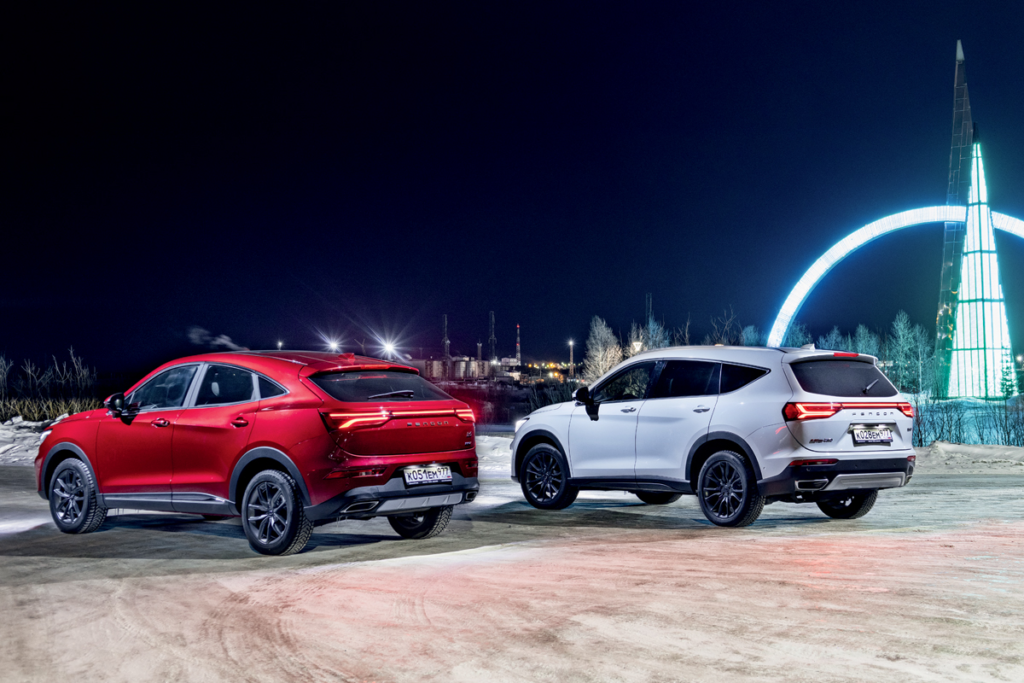

Photo: Ilya Khlebushkin | Motorinvest company
This is a translation. You can read the original article here: А олени лучше? Знакомимся с кроссоверами DFSK ix7 и DFSK ix5 на Ямале

Published January 02, 2025 • 9m to read

